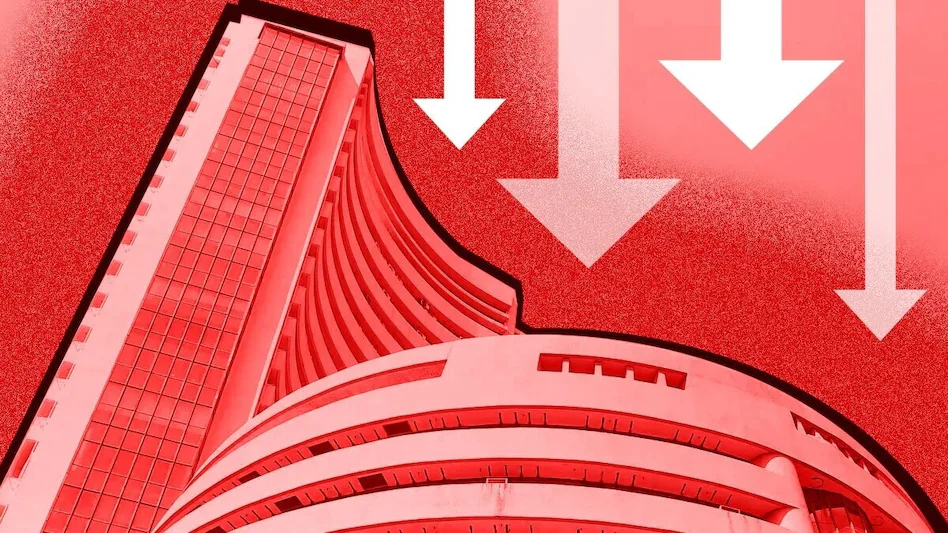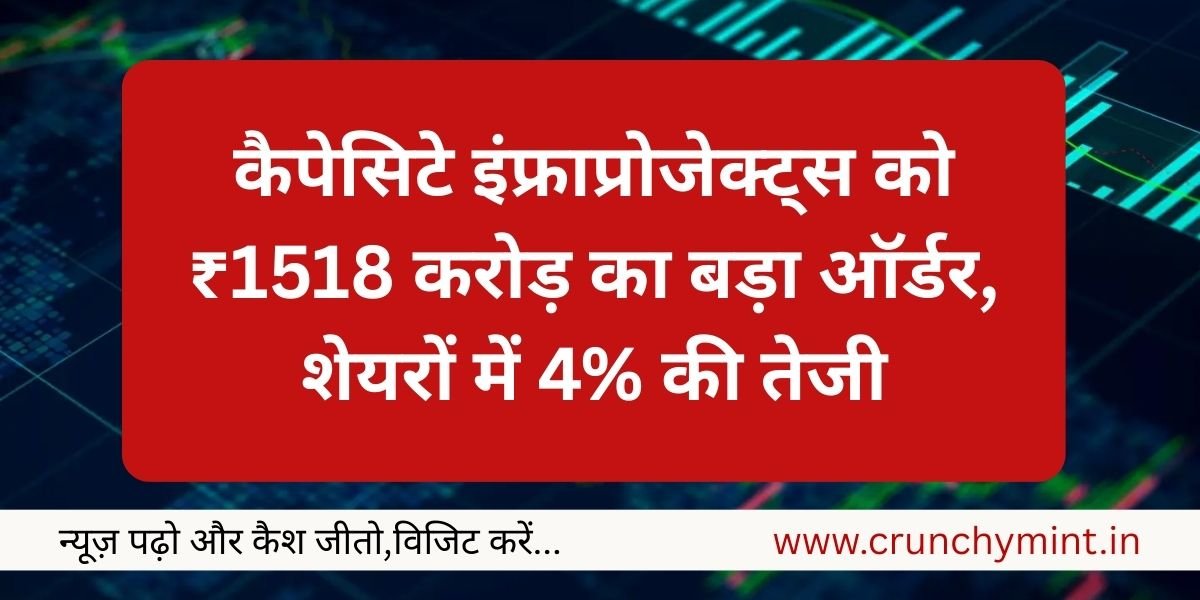Why Stock Market Crashed Today? The Indian stock market faced a significant downturn on Tuesday, with benchmark indices plunging as investor sentiment soured. At the closing bell, the Sensex tanked 930.55 points, closing at 80,220.72, while the Nifty dropped by 309 points to settle at 24,472.10. The fall erased more than Rs. 9 lakh crore from the BSE’s market capitalization, leaving investors to grapple with the dramatic decline. Several factors contributed to this steep drop, including profit booking, foreign institutional investor (FII) selling, and negative global sentiment. Let’s break down the causes behind this market rout.
So, Why Stock Market Crashed Today? Here are the Key factors:
Profit Booking and Market Correction
One of the main reasons for the market’s sharp decline was profit booking by investors. Following a steady upward movement in the markets over the past few weeks, many investors felt it was time to cash in their gains. With economic signals pointing to a potential slowdown, market participants became cautious. High valuations had also made the market ripe for a correction, allowing investors to take profits as prices had risen significantly above longer-term averages. The Indian market is generally regarded as a “buy-on-dip” space, but elevated valuations meant that a necessary adjustment was due.
Heavy FII Selling
Foreign institutional investors have been aggressively selling shares in Indian equities, further adding pressure on the markets. In October alone, FIIs offloaded shares worth a staggering Rs 88,244 crore, setting a new record for the highest-ever share offloading in a single month. On October 21, FIIs sold shares worth Rs 2,261.83 crore, though domestic institutional investors (DIIs) tried to offset the losses by purchasing Rs 3,225.91 crore worth of stocks. This tug-of-war between FIIs and DIIs highlighted the shifting dynamics of the market, with international investors fleeing Indian equities for cheaper investment opportunities, particularly in China, where government stimulus measures have made the region more attractive.
Prashanth Tapse, Senior VP of Research at Mehta Equities Ltd, noted the ongoing FII exodus, stating, “Foreign investors have been relentlessly selling in local equities, increasing uncertainty among domestic investors. The rising allure of cheaper global markets, especially after China’s recent stimulus package, has led to an outflow of capital from India.”
Global Bearish Sentiment
The negative sentiment wasn’t just limited to India; Asian markets also experienced similar declines. Japan’s Nikkei and South Korea’s Kospi indices both dropped by over 1%, reflecting the broader global concerns. One major factor weighing on the markets was the rise in US bond yields, which dampened expectations for aggressive rate cuts by the Federal Reserve. This, in turn, affected fund flows into emerging markets like India. Vinod Nair, Head of Research at Geojit Financial Services, remarked that this shift in global financial conditions impacted investor sentiment across the board.
“The recent surge in US bond yields has shifted expectations, reducing the likelihood of aggressive rate cuts by the US Fed. This change has caused investors to reassess their portfolios, particularly in emerging markets,” Nair explained.
Sectoral Impact: Every Sector Suffers
The market decline affected every sector, with some of the biggest names bearing the brunt. Heavyweights like Reliance Industries, HDFC Bank, and TCS contributed significantly to the downturn. The mid and small-cap segments were hit the hardest, with declines of 2.61% and 3.92%, respectively. Stocks in sectors like real estate, metal, and auto were among the worst performers, shedding up to 3.65%.
Ajit Mishra, Senior Vice President of Research at Religare Broking Ltd, highlighted that the market was in the midst of a corrective phase, saying, “The selling pressure was broad-based, with realty, metal, and auto sectors leading the decline. Mid-cap and small-cap segments saw sharper declines, reflecting oversold conditions.”
Despite the broad selloff, analysts believe that a short-term bounce could be possible, especially in the mid and small-cap sectors, which may see a rebound due to oversold conditions. However, the upside potential is expected to be capped, with resistance levels predicted around 24,670 for the Nifty. On the downside, support is seen between 24,370 and 24,430.
The FII-DII Tug of War
While FIIs were aggressively selling, DIIs stepped in to buy stocks, preventing an even bigger market crash. The previous trading session saw DIIs purchasing Rs 3,225.91 crore worth of shares, while FIIs sold off Rs 2,261.83 crore. This dynamic of domestic investors buying in while foreign investors exit highlights the contrasting views on the Indian market. Despite FII selling pressure, the presence of DIIs provided some support to the market.
Will Market Volatility Persist?
Tuesday’s market plunge serves as a stark reminder of the inherent volatility in equity markets. With economic uncertainty looming and concerns about global financial conditions persisting, many investors are left wondering whether the market has hit bottom or if further declines are on the horizon. The Reserve Bank of India has forecasted a GDP growth rate of 7.2% for FY25, suggesting that the current downturn could be a temporary phase.
However, the cyclical nature of markets means that volatility is part of the investing journey. Strategic decision-making and patience will be essential for navigating these uncertain times. Investors should keep an eye on upcoming economic indicators and corporate earnings reports for clues on the market’s future direction. As Ajit Mishra advised, “We recommend adjusting trades accordingly and avoiding adding to losing positions.”
A Market in Transition
The sharp declines in the Sensex and Nifty on Tuesday were a result of multiple factors, including profit booking, heavy FII selling, and negative global sentiment. While the immediate outlook remains uncertain, analysts suggest that the market may stabilize in the coming days as valuations align with longer-term averages. Investors will need to remain cautious, but those with a long-term perspective may still find opportunities amid the current volatility.




